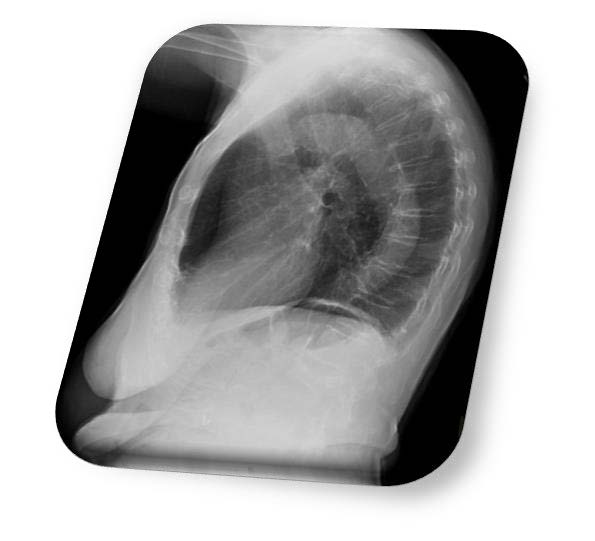Doctor,
This white paper discusses the significance of the 2016 study published in the Journal of Alternative and Complementary Medicine called “The Use of Spinal Manipulative Therapy in the Management of Chronic Obstructive Pulmonary Disease: A Systematic Review”.
Chronic obstructive pulmonary disease is characterized by progressive airflow limitation. Many factors contribute to the cause and/or exacerbation of COPD. The spine coexists intimately with the central nervous system by way of tiny neurons that are heavily populated in small muscles, ligaments, discs, and joints in and around each spinal segment. Proper central nervous system firing relies on normal motion of each spinal segment. Autonomic function, including the regular expansion and compression of lungs for breathing, is directed by the central nervous system. The central nervous system is influenced by the spine. This study evaluated the efficacy of spinal adjustive care for patients suffering with COPD. The results were remarkable and as follows:
• The objective of this study was to evaluate the evidence for the use of spinal adjustive care with and without other therapies in the management of chronic obstructive pulmonary disease (COPD).
• The spinal adjustive care used was high velocity, low amplitude thrust techniques.
• Chronic obstructive pulmonary disease (COPD) is characterized by progressive airflow limitation.
• COPD is ranked sixth in the causes of death globally for both men and women.
• Non-pharmacologic interventions benefit people with COPD.

• One intervention that has the potential to address some of the changes in respiratory mechanics associated with declining lung function with COPD is manual therapy.
• Spinal adjustive care, which uses a high velocity low-amplitude force, is
used to decrease pain and increase range of motion.
• Evidence suggests that manual therapy has the potential to alter respiratory mechanics in chronic respiratory diseases, such as chronic asthma and COPD. These changes include an increase in flexibility of the chest wall and thoracic excursion, which can indirectly lead to an improvement in exercise capacity and lung function.
• Authors conclude that improvements in lung function and exercise capacity were reported in three randomized clinical trials (RCTs) following a combination of spinal adjustive care and exercise.
• These authors suggest that the improved function in patients with COPD following manual therapy and spinal adjustive care may be as a consequence of increased thoracic mobility which would reduce the work of breathing.
• Only minor adverse events were described following spinal adjustive care. These include muscle soreness up to 24 hours that resolves with no further intervention.
The autonomic nervous system controls vital functions of the body that do not warrant the conscious human input. All autonomic function is directed by the brain and central nervous system. The spine has a direct influence on the function of the central nervous system which explains why and how chiropractic spinal adjustments can play a role with improvements in autonomic health. This study provides exciting new evidence to support the reason why many chiropractic patients achieve results with better breathing, especially as it relates to chronic obstructive pulmonary disease. Those who seek help for health challenges without the use of drugs or surgery deserve to know about the benefits of chiropractic beyond back and neck pain relief.






Leave A Comment